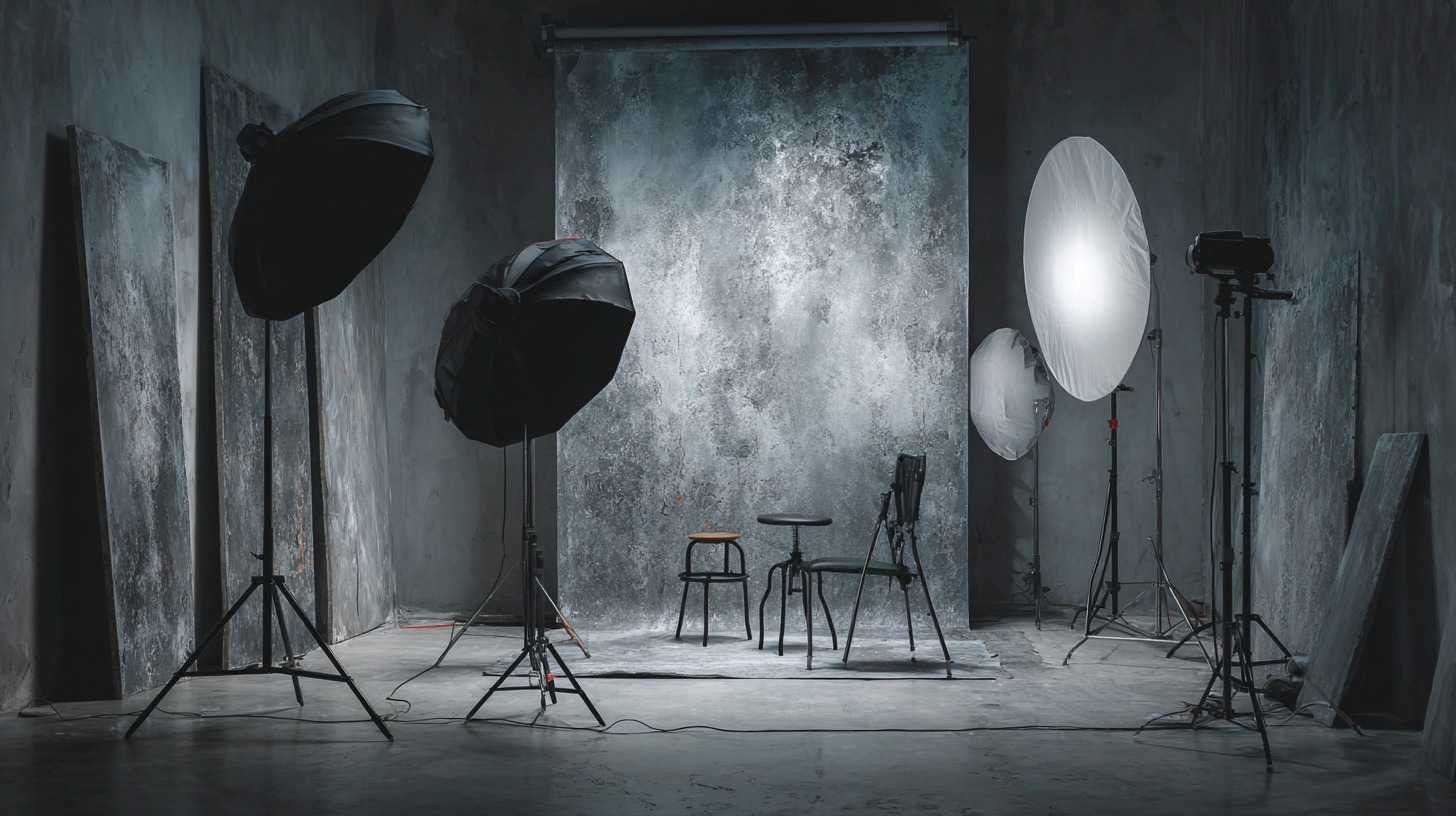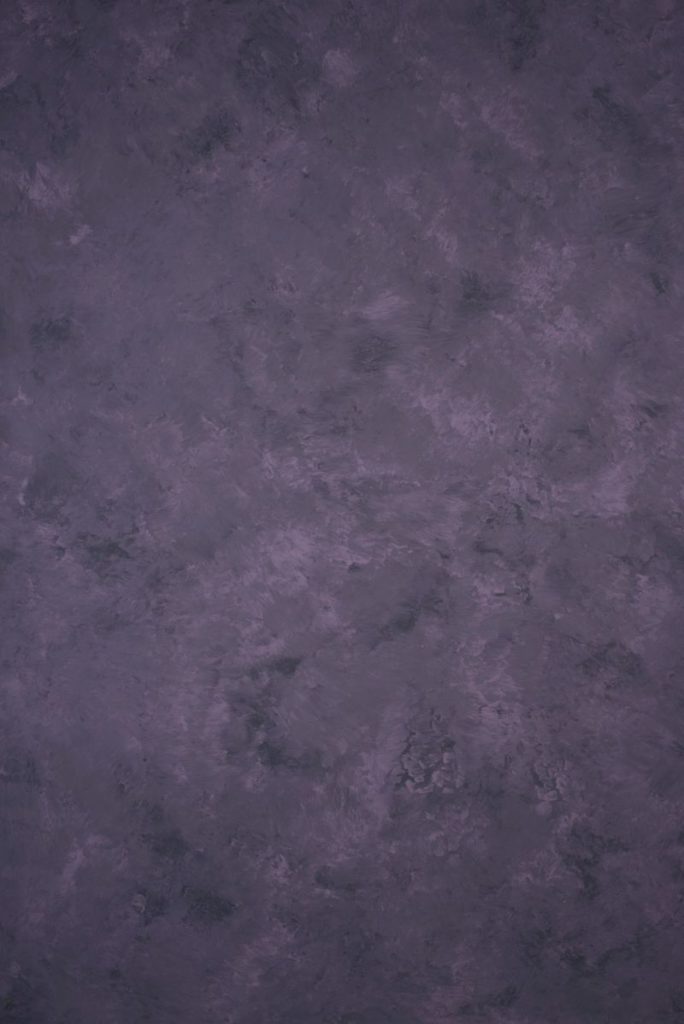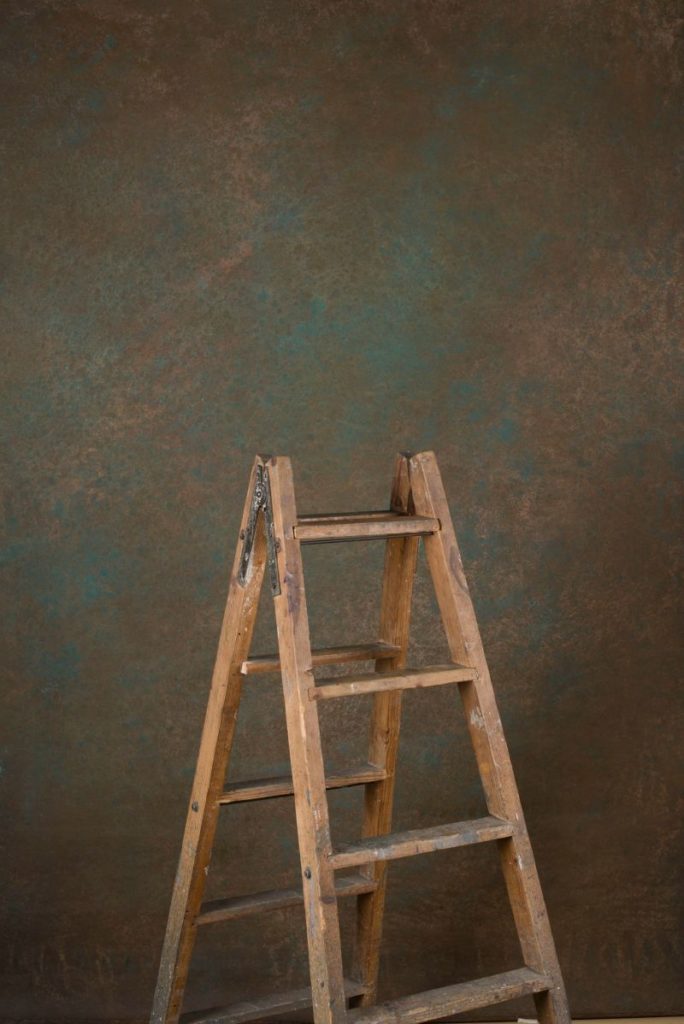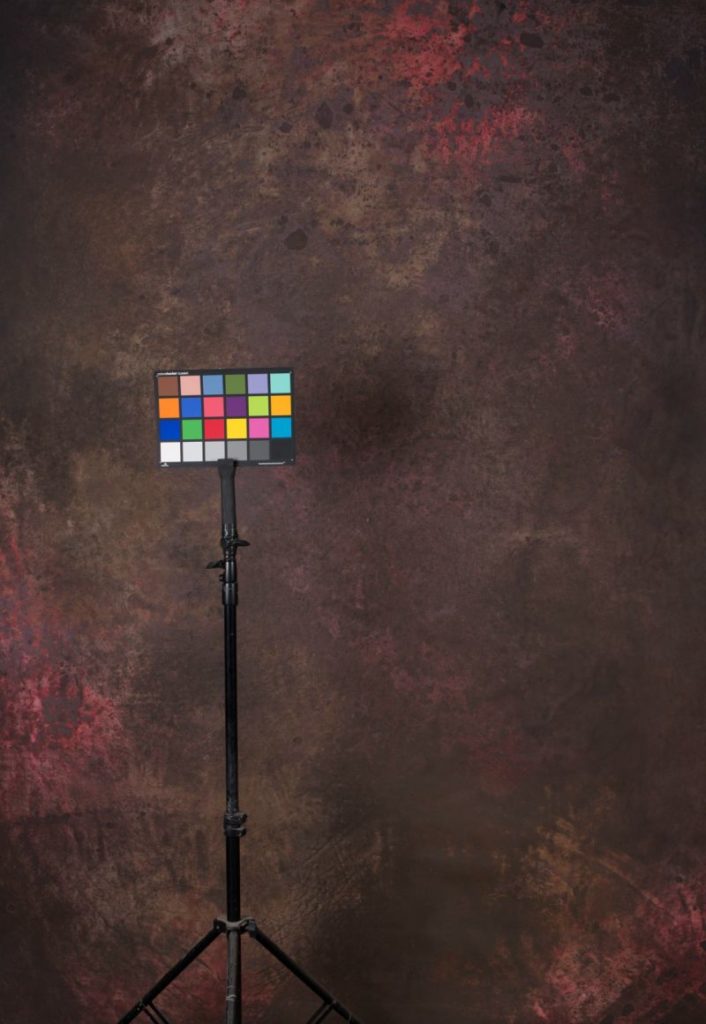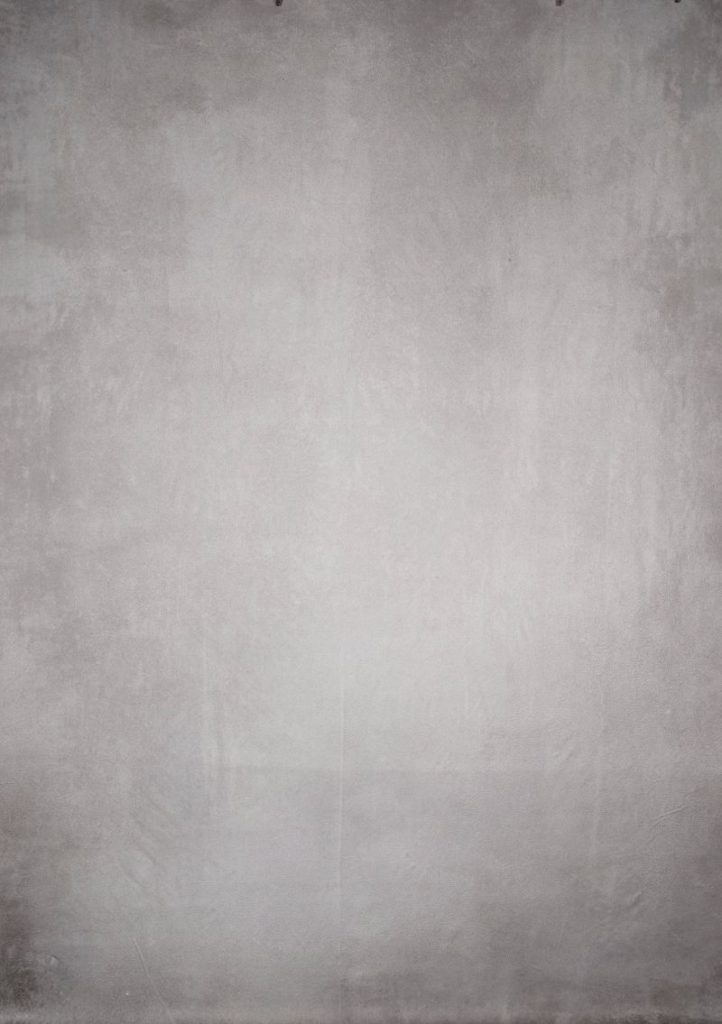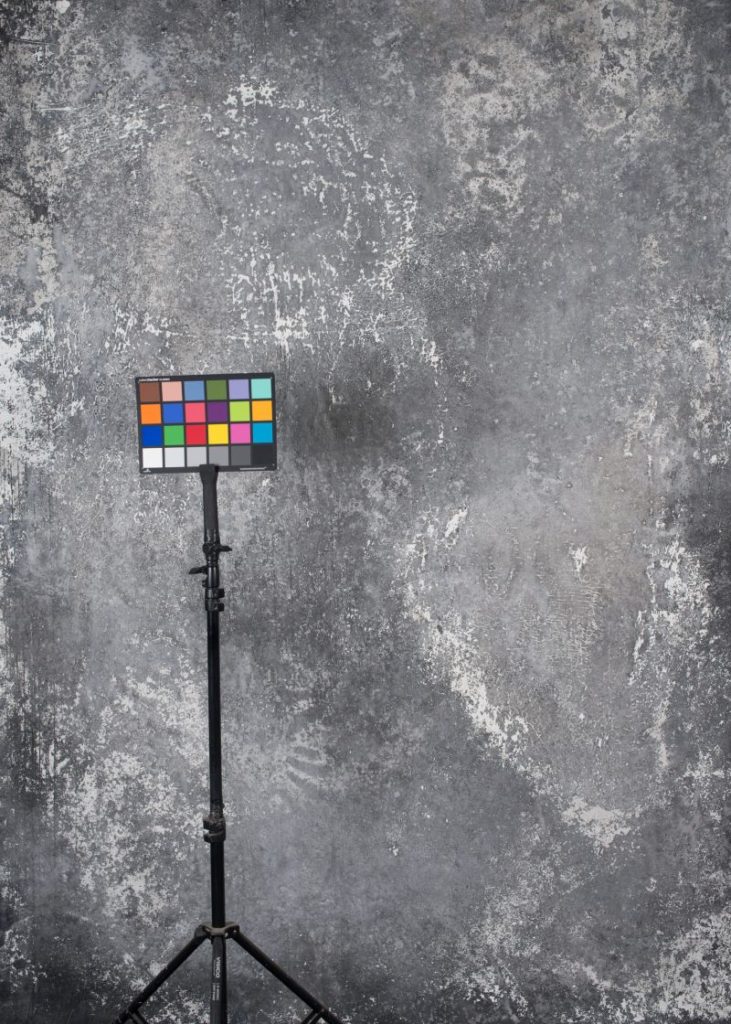Complete Guide to a Standard Backdrop Size for Every Occasion
When it comes to photography, the backdrop can really shape how a photo turns out. It’s way more important than most people think.
Getting the size right can make a huge difference in how clean and professional the final image looks.
There’s no one-size-fits-all here. It all depends on the kind of shoot you’re doing and who’s in the frame.
That’s why getting the right size matters.
I’ve got you covered on this. Let’s sort it out together.
Common Standard Backdrop Sizes

A backdrop size chart is the most useful tool for making dimensions fit the specific needs of a photoshoot.
Choosing the right measurements ensures that different crucial factors work seamlessly together, factors like:
- Framing
- Coverage
- Composition
| Size Category | Dimensions | Best Uses |
|---|---|---|
| Small | 3×3 ft | Flat lays, jewelry, food, social media product displays |
| Small | 3×5 ft | Waist-up portraits, vertical product displays |
| Small | 4×4 ft | Newborn sessions, pet portraits, compact product shoots |
| Small | 4×8 ft | Half-body standing portraits, extra vertical coverage |
| Medium | 5×7 ft | Portraits, graduation shoots, seated couple portraits |
| Medium | 5×10 ft | Fashion catalog work, mid-length editorial portraits, vertical commercial ads |
| Medium | 6×9 ft | Seated or standing portraits, small family groups with children |
| Medium | 7×5 ft | Wide group shots, children cake smash setups |
| Medium | 8×6 ft | Couples or small teams, wider coverage in compact studios |
| Large | 8×10 ft | All-purpose backdrop size for portraits, fashion, small events |
| Large | 9×16 ft | Editorial fashion, commercial ads, family portraits needing extra height and width |
| Large | 10×20 ft | Dance, stage portraits, extended family group shots, flexible back drop design |
| Extra-Large | 12×7 ft | Big family gatherings, weddings, formal group photos |
| Extra-Large | 12×10 ft | Event backdrops with tall decor, added backdrop height |
| Extra-Large | 16×10 ft | Stage presentations, trade show booths, branding displays |
| Extra-Large | 20×10 ft | Galas, sports teams, promotional photo walls using a large backdrop |
| Extra-Large | 20 ft wide (varied heights) | Expansive stages, red carpets, wide commercial branding with adaptable back drop design |
Average “Standard” Sizes
Out of all the sizes out there, an 8×10 ft backdrop is a favorite for a lot of photographers.
It’s big enough for full-body shots of one person or even a small group, but still works great for simpler setups like headshots or styled sessions.
That extra space also gives you some breathing room for creative layouts, think props, furniture, or wider poses, without worrying about things getting cut off.
Pretty useful, right? And if you’re not too familiar with backdrop sizing, just check in with a photographer. They’ll point you in the right direction.
This size works well in both pro studios and casual setups. It’s solid for portraits, business photos, maternity shoots, and even product shots when you’re working with bigger items.
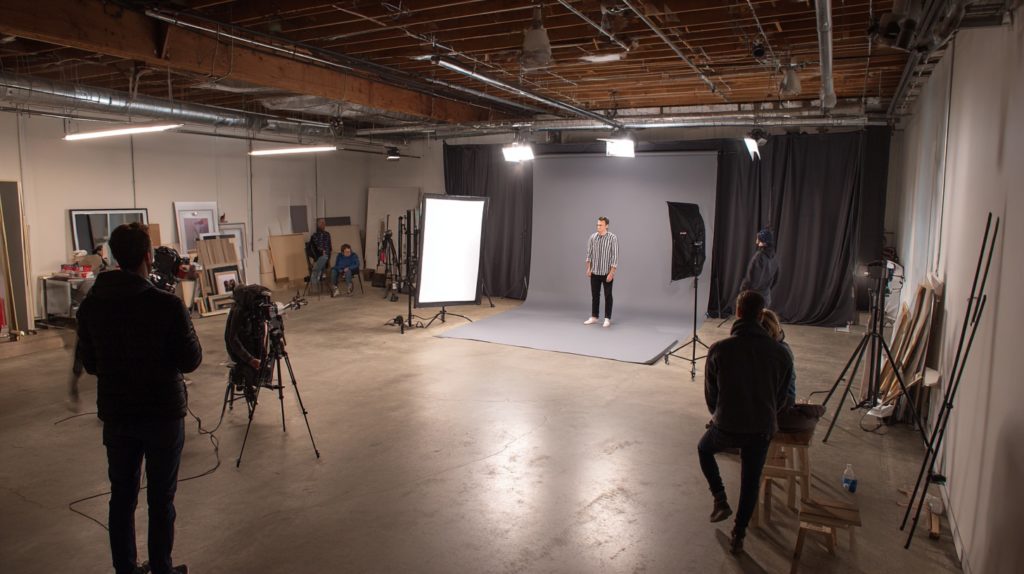
At events, it works great as a backdrop for photo booths or small group shots, giving you enough coverage without taking over the whole area.
Reasons photographers prefer the 8×10 ft size:
- Works well for solo portraits, couples, or even small family shots.
- Easy to fit into home studios, rented spots, or outdoor setups without much hassle.
- Blends nicely with different backdrop styles, doesn’t matter if you’re going for a clean, solid color or something more detailed and scenic.
- Pairs smoothly with most support systems and doesn’t give you a hard time when setting up your lighting.
There is a large number of options in terms of colors. Depending on your needs, you could opt for a blue, red, grey, or green backdrop.
Another big plus is how easy it is to move around. Bigger backdrops can be a hassle to store and carry, but something like an 8×10 ft option? You can just roll it up or fold it, which is perfect for photographers who are always on the go.
A lot of pros keep a few different types on hand, fabric, vinyl, paper, you name it. That way, they’re ready for whatever the shoot calls for.
It also works great in both portrait and horizontal setups, which makes it one of the most dependable picks out there when it comes to backdrop sizes.
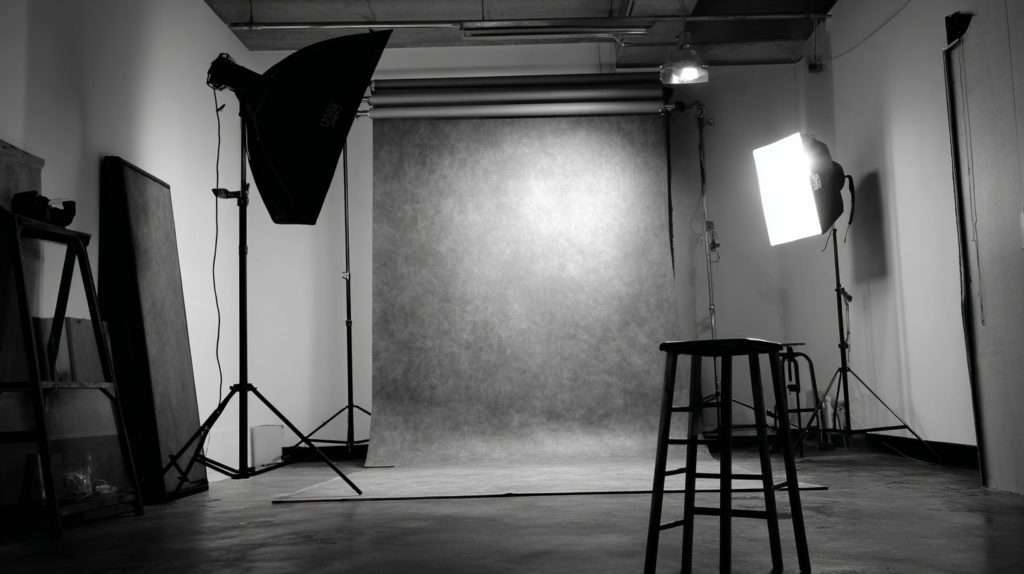
Standard Backdrop Size Recommendations by Photography Type
| Photography Type | Recommended Sizes |
|---|---|
| Product & Flatlay Photography | 3×3 ft, 3×5 ft |
| Newborn Photography | Overhead: 4×4 ft, 5×5 ft Front-on: 4×8 ft, 5×10 ft |
| Cake Smash & Children | 7×5 ft, 8×6 ft |
| Maternity & Full-Length Portraits | Minimum: 7×12 ft Larger for more posing space |
| Family & Group Portraits | Small groups: 9×10 ft Large gatherings: 12×7 ft or more |
| Events & Photo Booths | Minimum: 8×8 ft Large events: 10×20 ft large backdrop |
Selecting the right backdrop size for a photoshoot depends on the subject type, the style of photography, and the final presentation of the images.
Before you can make the decision, taking all of those factors into consideration is an absolute must.
Choosing dimensions that match the shoot ensures the right coverage, minimizes post-editing, and enhances overall composition. Additionally, choosing the right backdrop color is dependent on the type of setup and the effect you want to achieve.
Product & Flatlay Photography
Let us say you are about to open an online store, and of course, you will need to post at least a couple of dozen images of the products you sell. In that case, you will opt for a small-sized backdrop because it fits the needs just right.
Small, controlled environments are ideal for this type of work, so compact backdrops perform best.
Tight framing allows for clean visuals without unnecessary background elements.
- Recommended sizes: 3×3 ft, 3×5 ft.
- Works well for jewelry, small accessories, packaged goods, and tabletop food shots.
Newborn Photography
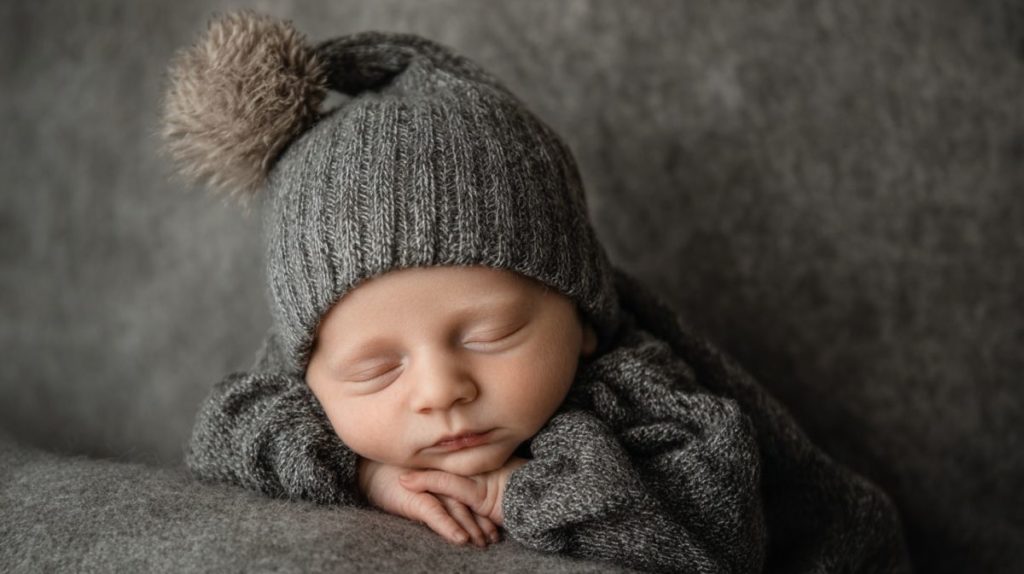
Infant portraits often require different setups for overhead and front-on perspectives. The idea is to focus on the face and the potential cute moves babies make.
Props, blankets, and baskets must fit comfortably within the frame while maintaining a soft background.
- Overhead shots: 4×4 ft, 5×5 ft.
- Front-on shots: 4×8 ft, 5×10 ft to accommodate parents or decorative elements.
Cake Smash & Children
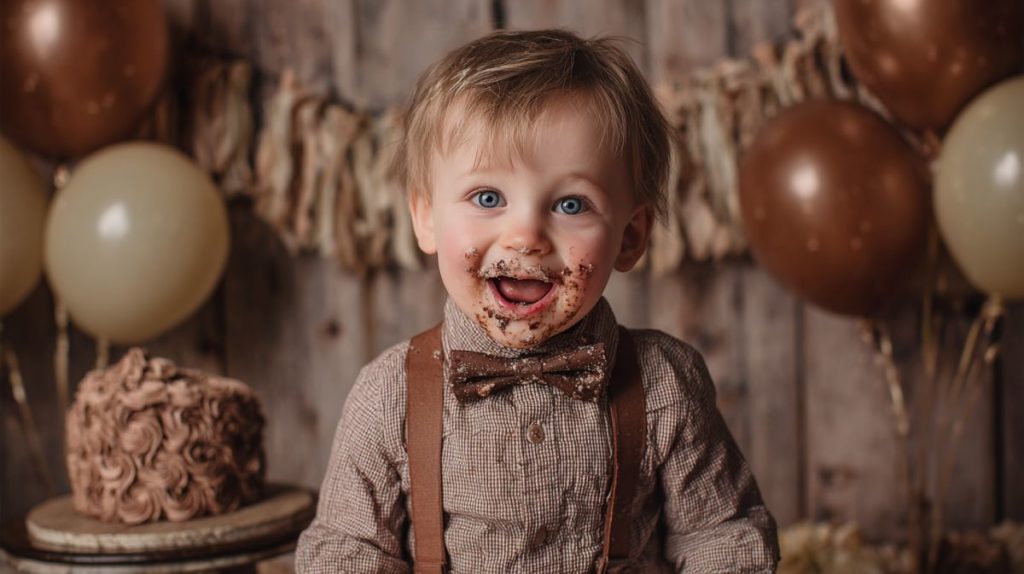
Sessions with toddlers or young children need slightly more space for movement and props. Kids do all sorts of fun things, and capturing these movements is definitely going to bring a lot of fun and value.
Wall-and-floor combinations create playful environments and help capture action moments.
- Recommended sizes: 7×5 ft, 8×6 ft.
- Suitable for themed celebrations, milestone birthdays, and creative setups.
Maternity & Full-Length Portraits
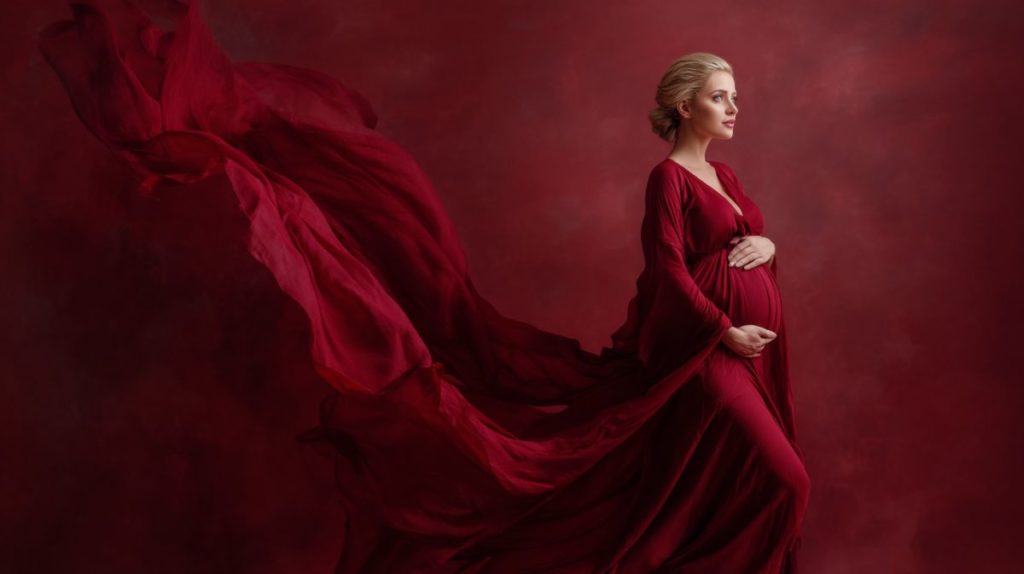
Full-body photography requires a generous height and width to capture both the subject and any flowing garments or accessories.
Larger setups give flexibility for dynamic poses. The whole idea is to have a better perspective on the focus of the image.
- Minimum size: 7×12 ft.
- Larger options are ideal for allowing more posing space and creative angles.
Family & Group Portraits
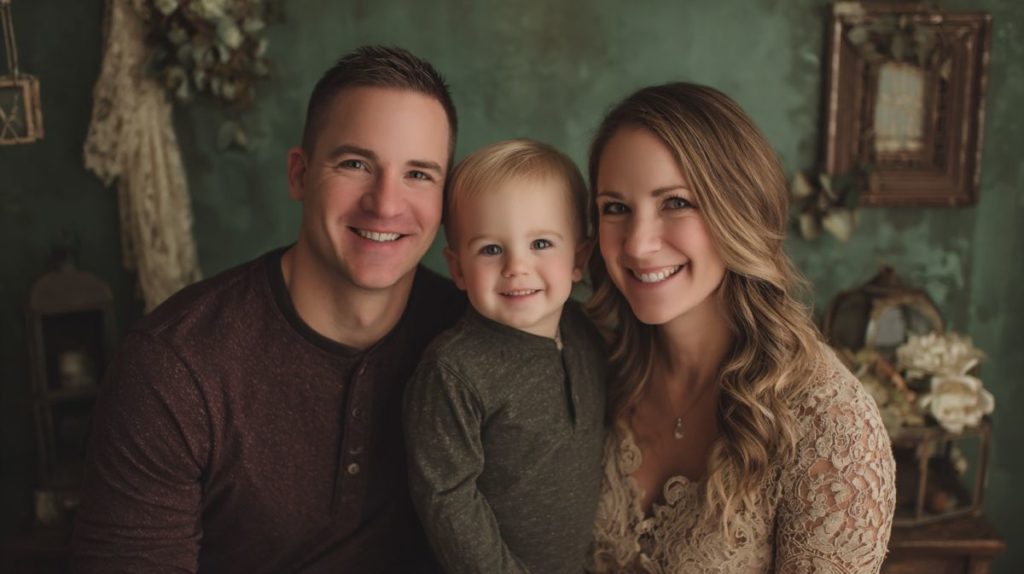
Multiple subjects require broader coverage to avoid tight framing and awkward cropping.
The number of people in the group dictates the backdrop width.
- Small groups: 9×10 ft.
- Large gatherings: 12×7 ft or more.
Events & Photo Booths
High-traffic environments need stable and visually striking setups that can handle constant use while keeping all guests in frame.
- Minimum size: 8×8 ft.
- Large-scale events: 10×20 ft large backdrop for maximum group coverage and flexibility.
Factors That Influence Backdrop Size Selection
Selecting the ideal backdrop size depends on several practical factors.
Photography Purpose
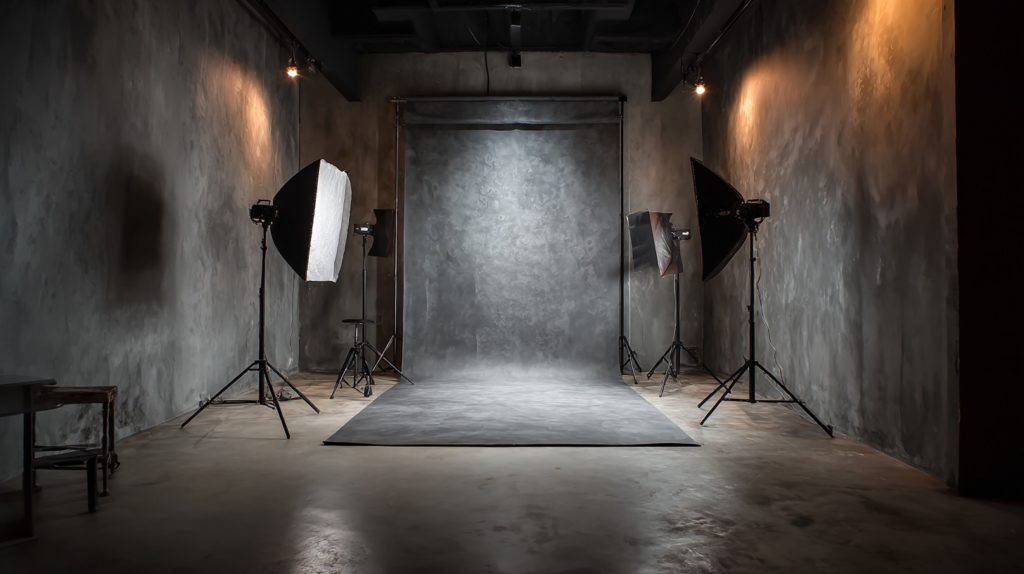
Figuring out the right backdrop size really starts with knowing what the shoot is all about. The mission sets the tone for how big the backdrop needs to be and what kind of proportions will actually work.
If you’re shooting full-body portraits, fashion looks, or building a model’s portfolio, you’ll want a backdrop that’s wide and tall enough to cover the entire frame—even when your subject moves around.
Without that bit of extra room, things can start to feel tight, and you might end up spending more time cropping than you’d like.
On the flip side, smaller setups are perfect for waist-up shots, headshots, or product photos. They’re quicker to put together and don’t take up much space, which is ideal if you’re working in a home studio or constantly on the move.
Some shoots, like newborn sessions, cake smashes, or corporate portraits, have more specific size needs. It helps to check a backdrop sizing chart ahead of time so you’re not guessing.
Sticking to these common sizing practices makes it easier to keep things balanced and visually on point.
Studio or Venue Space
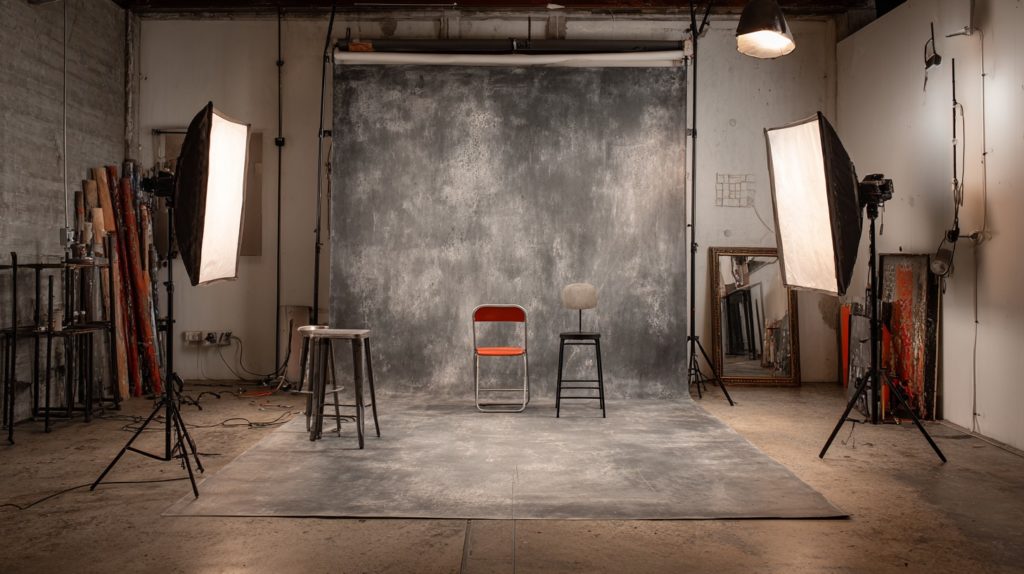
Physical space places natural limits on backdrop size selection.
Measuring both width and height is essential before purchasing, while also factoring in camera-to-subject distance and lighting equipment placement.
An oversized backdrop in a small room may wrinkle, gather, or overwhelm the frame, making post-processing of the images more challenging.
Conversely, a backdrop that is too small risks leaving empty background areas visible, breaking the illusion of a complete scene.
Key space considerations include:
- Total wall-to-wall and floor-to-ceiling measurements.
- Space needed for lighting stands, reflectors, and tripods.
- The distance between the subject and the backdrop controls the depth of the field.
Number of Subjects
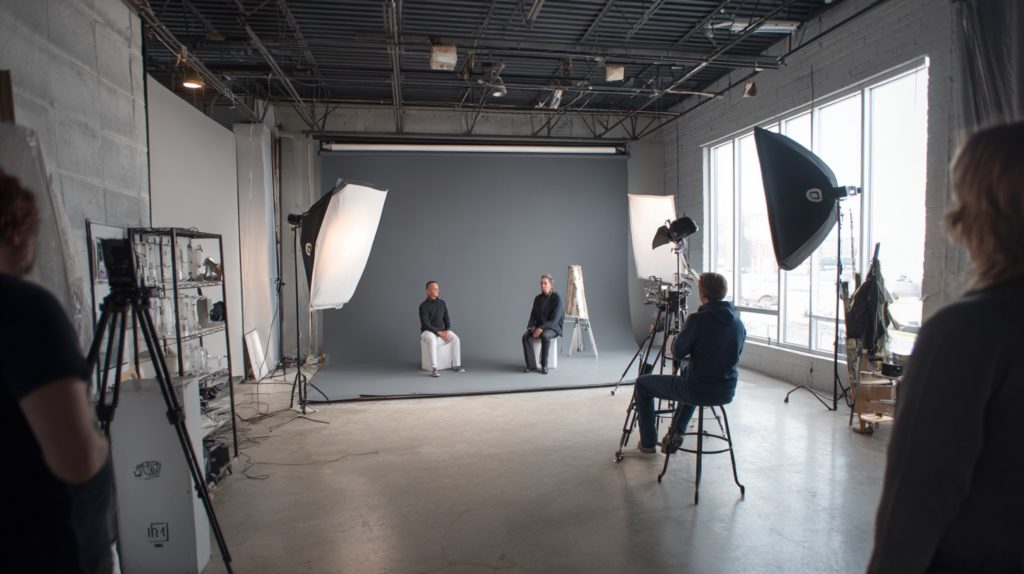
The number of people or items being photographed directly influences backdrop height and width.
A solo subject may require only a moderate setup, while two or more people increase the needed coverage area.
Small groups benefit from mid-sized to large backdrops that ensure no one is cropped out at the edges.
For large gatherings, event photography, or extended family portraits, a large backdrop or even extra-wide dimensions are necessary to maintain clean framing without distortions.
Backdrop Orientation
Orientation changes how a backdrop size covers the frame.
A portrait orientation prioritizes vertical space, making it ideal for tall subjects, full-body poses, and situations where head-to-toe coverage is essential.
Landscape orientation emphasizes horizontal space, which suits group portraits, wide product displays, and scenes requiring extra width.
Choosing orientation early in the planning stage ensures the composition feels balanced and eliminates the need for last-minute adjustments.
Material & Storage
Material type affects both the appearance and handling of a backdrop. Fortunately, making the choice will not require too much of your time. There are three solutions that can be described as the most popular ones:
Larger sizes require storage solutions such as backdrop stands, wall mounts, or large carrying cases. Smaller backdrops can be rolled or folded for easy transport.
Matching the material and storage method to the photographer’s workflow keeps the setup efficient and ready for any shoot.
Common Standard Backdrop Sizes
A backdrop size chart is one of the most useful tools for matching dimensions to the specific demands of a photoshoot.
Choosing the right measurements ensures that framing, composition, and subject coverage work seamlessly together.
Reading Backdrop Dimensions
Knowing how to read a backdrop size chart is essential for avoiding mistakes when making the purchase.
Measurements are typically written with the width first, followed by the height, such as 8×10 ft. Misreading this order can result in choosing a setup that does not fit the intended layout.
Orientation plays a significant role in how the backdrop frames the subject.
A portrait layout emphasizes vertical coverage, which works well for full-body shots and standing poses.
A landscape layout focuses on horizontal coverage, ideal for large groups, wide props, or staged product displays.
Key points for reading dimensions correctly:
- Always check if the first number refers to width and the second to height.
- Select orientation that fits the type of subject—portrait for vertical emphasis, landscape for horizontal.
- Match backdrop height to the tallest subject to avoid cutting off heads or feet in the final image.
Understanding these details ensures that the chosen backdrop size will provide proper coverage without leaving empty areas or requiring excessive editing.
The Bottom Line
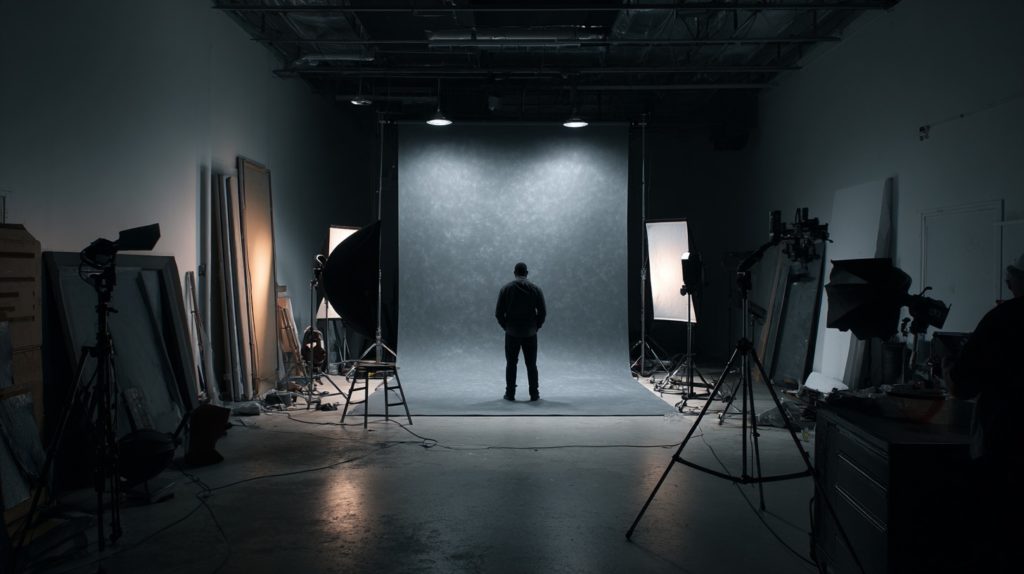
Picking the right backdrop size really comes down to a few things:
- What you’re photographing
- Where you’re shooting
- What the final image is meant for
Bigger backdrops give you more freedom to frame things creatively, but smaller ones are easier to manage and move around.
If you’re stuck between sizes, it’s usually safer to size up. That extra space can help later if you need to crop.
Think about the space you’re working in and the kind of shots you’re aiming for, that combo usually points you in the right direction.

